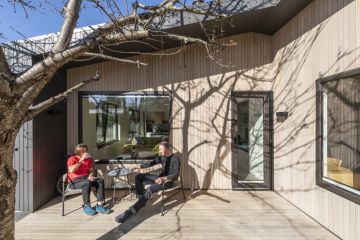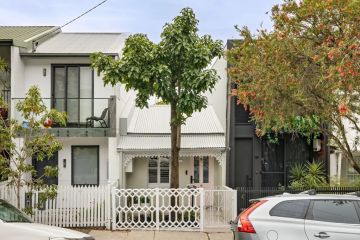Three reasons your teen’s bedroom isn’t working anymore (and how to fix it)
As kids grow from tweens into teens, their bedrooms transform from toy zones into mission control, where study, sleep, screens, and friends vie for space. Designer Penny Miller of Families in Mind Design says the biggest shift in how teens use their rooms is the transition from play to privacy. “Tween rooms are often about toys, collections and a sense of belonging, while teen rooms need to balance study, rest and personal expression. It’s about … creating a safe retreat.”
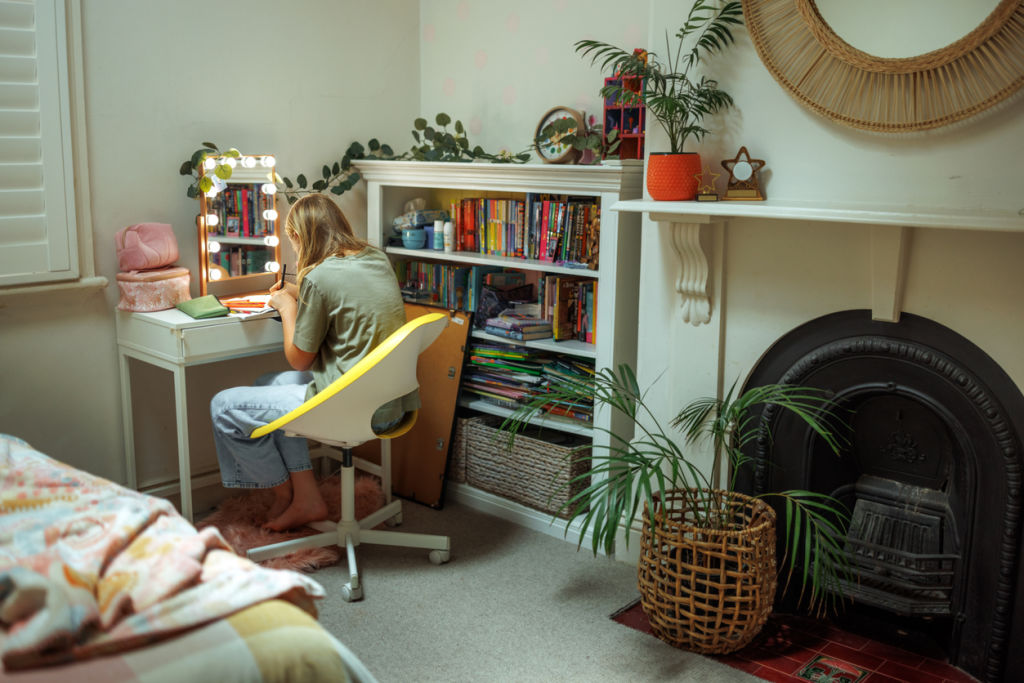
1 The stuff has changed, but the storage hasn’t
That change shows up first in clutter: sports gear replaces soft toys; tech and textbooks crowd out shelves. Miller recommends planning storage that adapts – modular wardrobes, adjustable shelving for displaying personality and closed units for visual calm. Designer Belinda Nihill of Nest Design Studio says if teens have sports equipment, additional storage may be required.
Fix: Edit what lives in the room. Combine integrated storage (to keep surfaces clear) with vertical solutions – peg rails, wall hooks and taller shelves – to free up floor space.
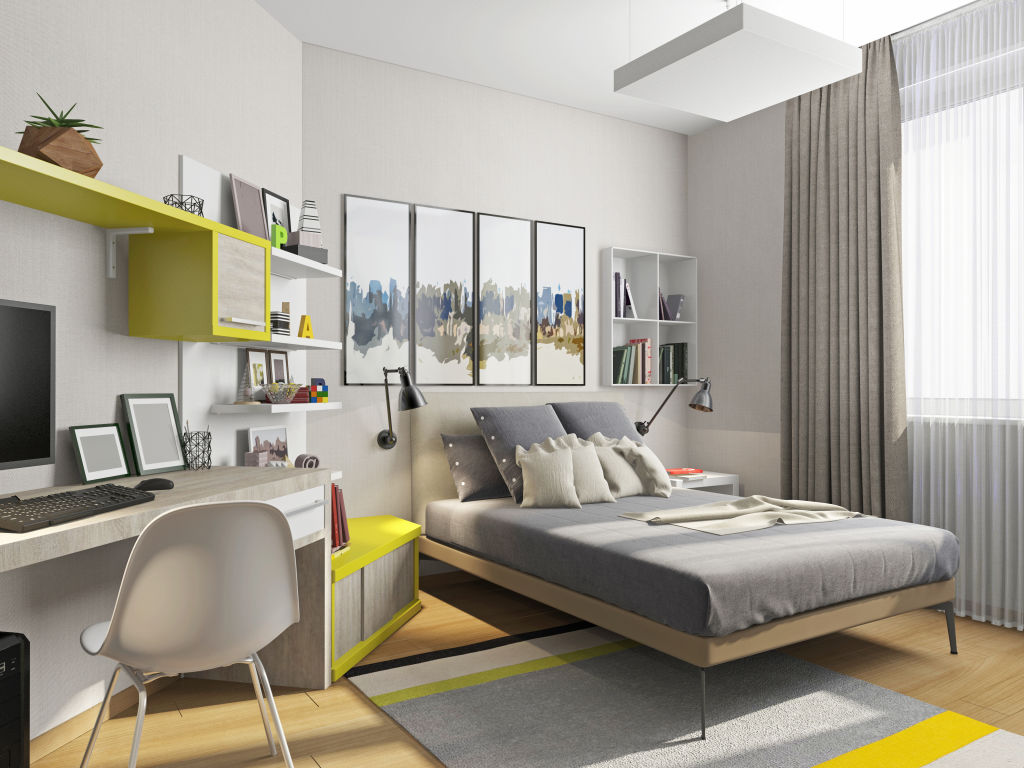
2 No zones = no focus
Teen bedrooms work best when they’re zoned, says Miller. “Teenagers need clear zones within their bedroom: somewhere to study, somewhere to relax, and a safe way to integrate technology.”
Once homework ramps up, ergonomics matter: “A proper desk and ergonomic chair are game-changers … adding a lounge chair or beanbag instantly shifts the vibe – it signals that this is a space for them and their friends, not just for sleep.”
Nihill starts every brief by mapping routines and hobbies, so the room is modelled on real life, not ideals. “If they are into gaming, we need to include a space for that to properly function and work within the room,” she says.
Fix: Create mini zones without rebuilding. Turn a bed so its headboard forms a nook; run a slim desk along a window wall; tuck a compact armchair and lamp into a corner. Layer lighting – task lights for study, ambient for hangouts, soft bedside for wind-down – to cue different activities.
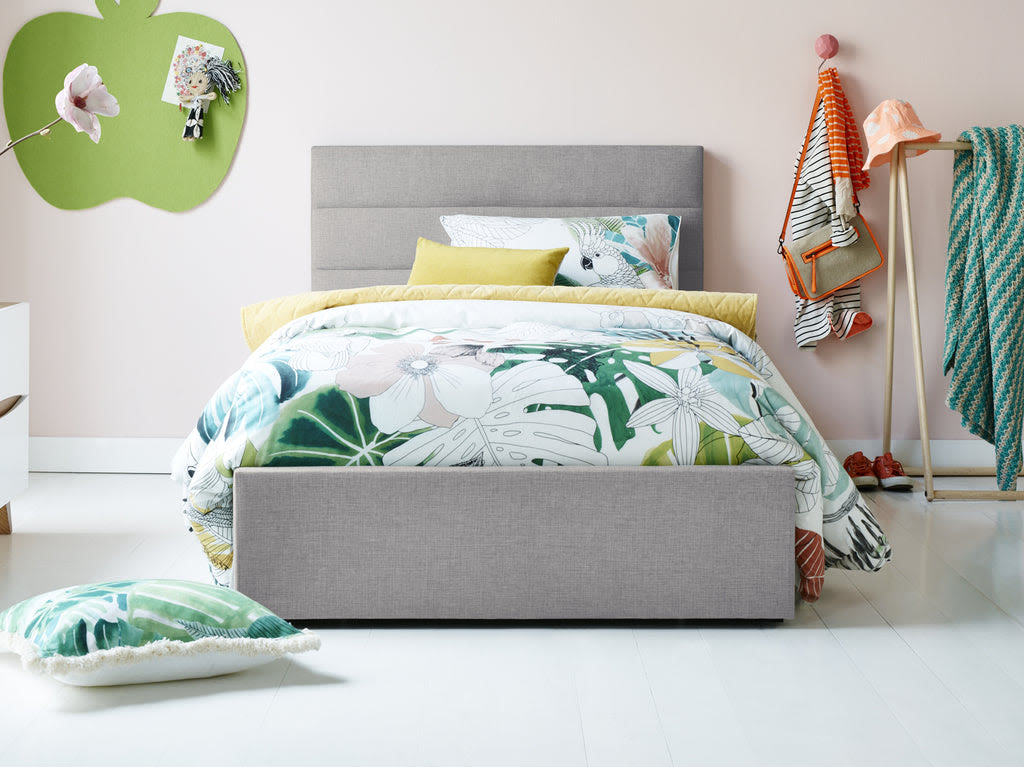
3 It still looks like childhood
A room that feels “too young” can undermine a teen’s growing independence. Quick swaps help, but they won’t carry the space through high school if the bones aren’t right. “Parents often start with the surface, like a new paint colour or bedding set, but overlook function. Without rethinking the layout or investing in flexible furniture, the space quickly becomes outdated again,” says Miller.
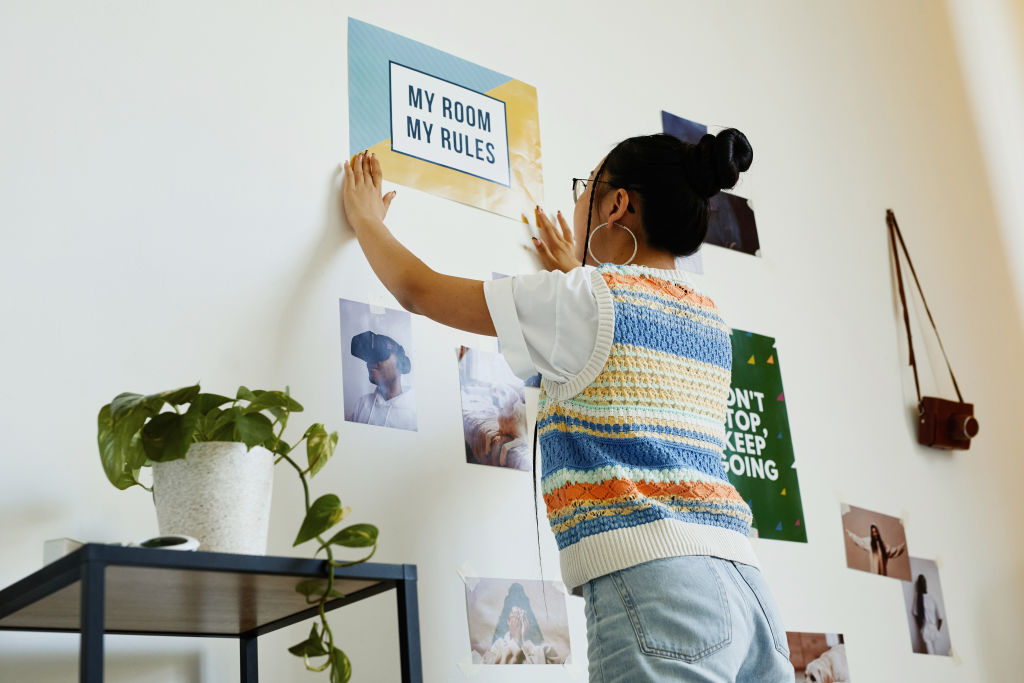
Nihill says to future-proof teen rooms, “always invest in the biggest size bed/bedhead the room will take.” Miller says a king single or double offers the comfort they need now and the durability to last into early adulthood.
Fix: Invest in a bigger bed and flexible storage; then work with your teen on personality through wall colour, art prints, rugs and bedding.
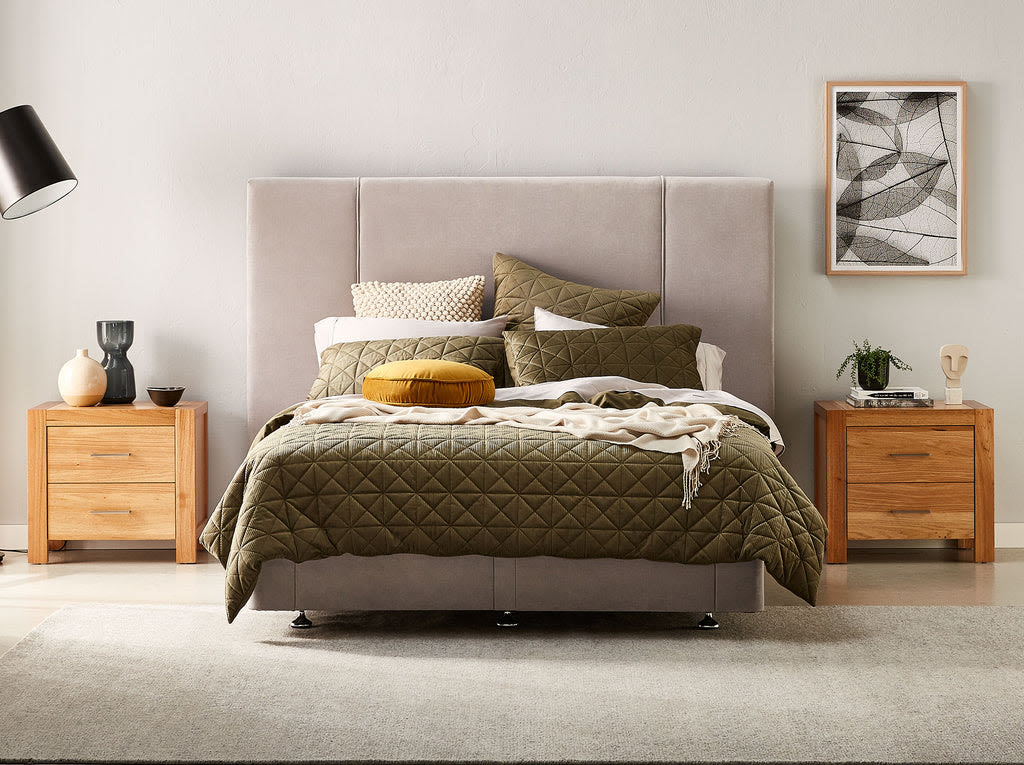
Quick wins (on any budget)
- Bring them in “Involve your teen in the process,” Miller says. “Giving them ownership over the choices helps the room become a true reflection of who they are.”
- Rearrange first A smarter layout is free – and often the biggest improvement.
- Upgrade lighting A good desk lamp plus a dimmable bedside option changes how the room works from morning to night.
- Refresh soft furnishings New bedding and a rug deliver instant maturity.
- Edit and display Limit what lives on surfaces, curate a gallery ledge for rotating art, trophies or photos.
- Affordable impact “Hit up Etsy or Society 6 art prints for an easy, affordable and fabulous design impact. I also always say paint,” says Nihill.
The goal isn’t a show home – it’s a room that helps a young person focus, rest and be themselves. Get the fundamentals right – adaptable storage, clear zones and layered light – and the details can evolve as fast as they do.
This article is brought to you by Snooze – it’s amazing what a little snooze can do.
We thought you might like
States
Capital Cities
Capital Cities - Rentals
Popular Areas
Allhomes
More


